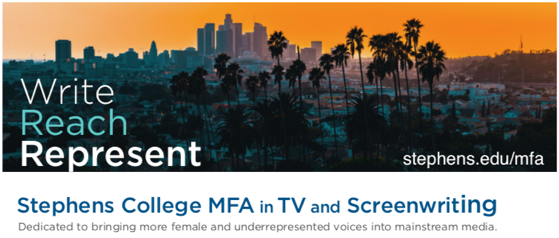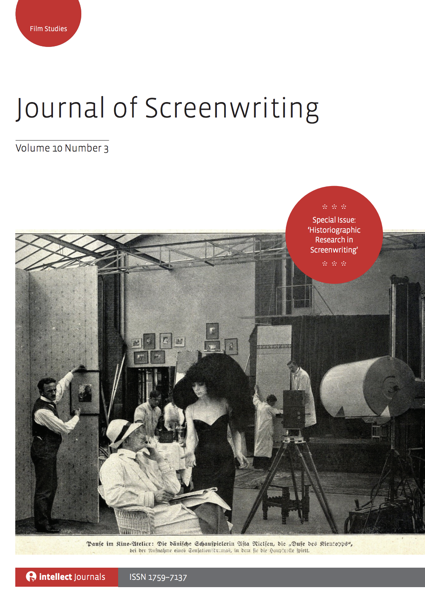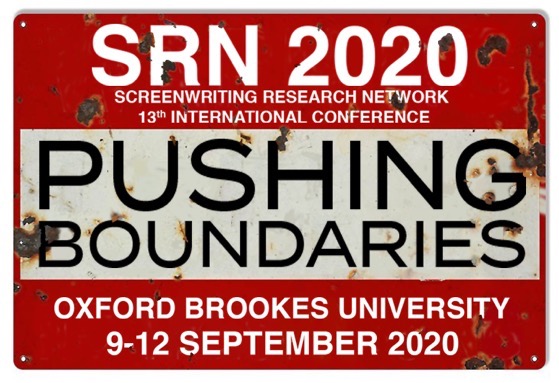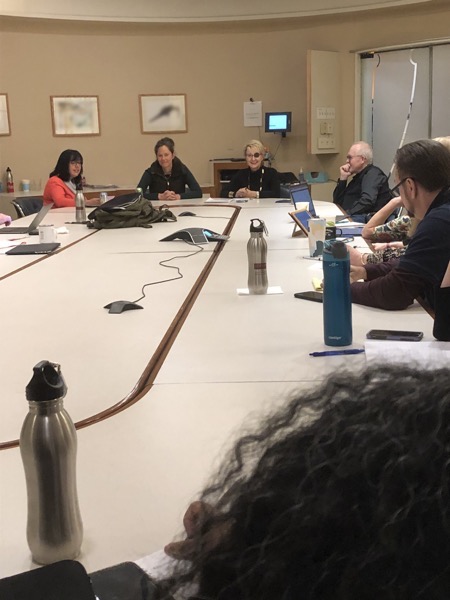Enjoy This Clip? Watch this entire presentation and Buy Why The Monkees Matter: Teenagers, Television and American Pop Culture
From Denver Pop Culture Con 2019.
Wherever you go, you find Monkees fans and the Denver Popular Culture Con was no different. Amid rooms full of caped crusaders and cosplay creations, I was initially not sure how many folks would attend a talk on a TV show from the 1960s – but happily I was met by a nice, engaged audience for my talk on Why the Monkees Matter – and afterward they bought books! What more could an author ask for?
Subscribe to Rosanne’s Channel and receive notice of each new video!
Transcript
Speaking of The Beatles, as I said they actually did know each other. They hung out with each other. They respected each other. When Davy Jones died there was a clip of Paul McCartney and he was doing a little ‘Here They Come” bit and going you know I remember them I liked them. It was so cool. So they were respected by lots of people. Peter himself attended the Monterey Pop Festival with Micky Dolenz who’s not in this picture. Again behind him is Janis Joplin as we said but also at the Pop Festival is when they met this young, really great guitar player who they invited to come along as the opening act to their concerts the next season and his name was Jimi Hendrix and they thought he was so flamboyant and so much of a character that it would match the characters they were playing. Except after about 6 or 7 concerts he quit because all the kids were doing was yelling please bring Davey onstage and they didn’t recognize the quality of Jimi Hendrix. So he left. He was never angry at them and they were friends and obviously, sadly he died just a couple of years later. There’s some great footage — photographs of them sitting in hotel rooms together riffing and playing and again all respecting each other’s work. So I think that’s really cool.
Buy Why The Monkees Matter: Teenagers, Television and American Pop Culture
A hit television show about a fictitious rock band, The Monkees (1966-1968) earned two Emmys–Outstanding Comedy Series and Outstanding Directorial Acheivement in Comedy.
Capitalizing on the show’s success, the actual band formed by the actors, at their peak, sold more albums than The Beatles and The Rolling Stones combined, and set the stage for other musical TV characters from The Partridge Family to Hannah Montana. In the late 1980s, the Monkees began a series of reunion tours that continued into their 50th anniversary.
This book tells the story of The Monkees and how the show changed television, introducing a new generation to the fourth-wall-breaking slapstick created by Laurel and Hardy and the Marx Brothers.
Its creators contributed to the innovative film and television of 1970s with projects like Bob & Carol & Ted & Alice, The Mary Tyler Moore Show, Laugh-In and Welcome Back, Kotter. Immense profits from the show, its music and its merchandising funded the producers’ move into films such as Head, Easy Riderand Five Easy Pieces.
McFarland (Direct from Publisher) | Amazon | Kindle Edition | Nook Edition
Want to use “Why The Monkees Matter” in your classroom?
Order Examination Copies, Library and Campus Bookstore orders directly from McFarland
Podcast: Play in new window | Download
Subscribe: RSS
![24 The Beatles, Hendrix, and The Monkees from “Why The Monkees Matter: Even 50 Years Later [Video] (1 minute 7 seconds)](https://rosannewelch.com/wp-content/uploads/2020/02/monkees-popcon-2019-24.jpeg)


![36 Star Wars, Alien, and Women Characters from The Sisterhood of Science Fiction – Dr. Rosanne Welch [Video] (1 minute)](https://rosannewelch.com/wp-content/uploads/2020/01/scifi-rmw-cpp-36.jpeg)




![23 Music and The Monkees from “Why The Monkees Matter: Even 50 Years Later [Video] (1 minute 9 seconds)](https://rosannewelch.com/wp-content/uploads/2020/01/monkees-popcon-2019-23.jpeg)
![Listen to “Between the Sheets: Writing About Sex on TV” from the Writers Guild Foundation and Stephens College MFA in TV and Screenwriting [Audio]](https://rosannewelch.com/wp-content/uploads/2020/01/WGAF-Sheets-131.jpg)

![35 Princess Leia – Part 3 from The Sisterhood of Science Fiction – Dr. Rosanne Welch [Video] (58 seconds)](https://rosannewelch.com/wp-content/uploads/2020/01/scifi-rmw-cpp-35.jpeg)


